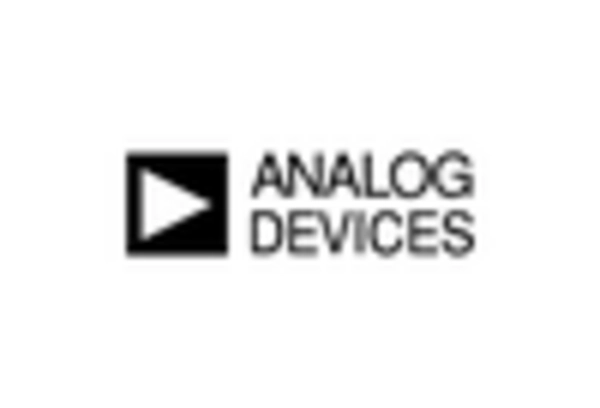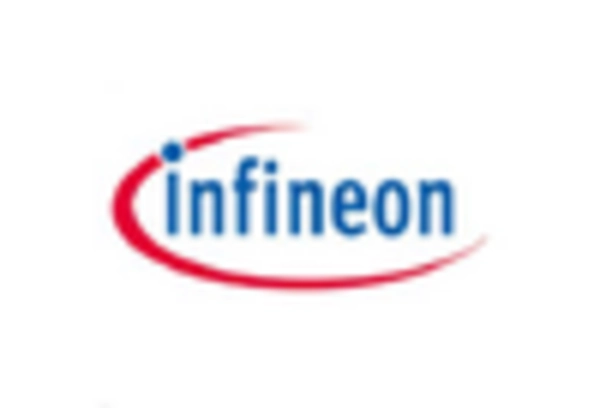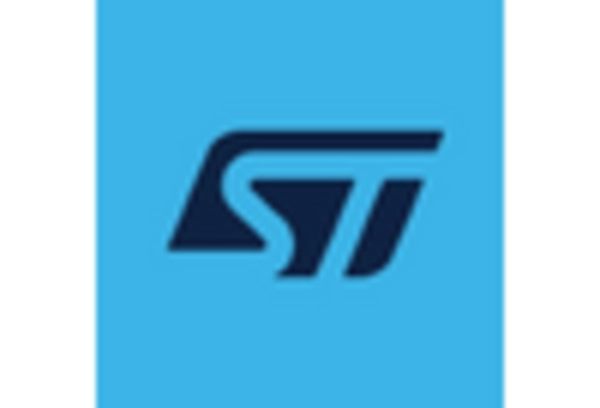Market Share
Automotive Semiconductor Market Share Analysis
There are numerous strategies for market share positioning developed by automotive semiconductor companies in the constantly changing environment of this industry. A popular strategy is to differentiate by providing customized and innovative semiconductors for automotive applications. This may involve creating sophisticated sensors, processors or connectivity technologies that make them superior to their rivals. With differentiation, businesses create a place for themselves and thus get customers looking to use advanced technologies in their vehicles. Cost leadership is another important strategy, which requires the company to become a low-cost provider of automotive semiconductors. Scalability, streamlining production processes and efficient supply chain management are key pillars of this approach. A cost leadership strategy enables companies to deliver low-price products and attract price sensitive customers, increasing their market share. But it is necessary to maintain a balance in cost-cutting measures without sacrificing semiconductor product quality and performance. Market segmentation is also one of the most popular strategies in automotive semiconductor industry. Companies specify market segments or target customer groups and adjust their semiconductor solutions to these needs. This can include the creation of electric vehicle-targeted products, driverless automobiles technologies and in car entertainment. However, knowing the needs of various groups enables companies to address diverse customers’ demands and corporate niche market shares. The collaboration and strategic partnerships are an important aspect of the market share positioning in auto semiconductors. A good way for companies to extend their product lines or enter new markets is by joining some form of alliance with automakers, Tier 1 suppliers, or even other semiconductor manufacturers. Such partnerships provide shared resources, know-how and help companies manage the challenges of a dynamic automotive industry. These alliances also enable the creation of holistic offerings that address the interdependent nature of current vehicles. Geographical spread is one of the major strategies for market share positioning. Companies can enter emerging markets with increasing automotive sectors establishing grounds in areas where semiconductor solutions demand is growing. Companies can penetrate and capture market share in diverse global markets by gaining understanding of regional preferences, regulatory landscapes, and customers’ needs.
















Leave a Comment